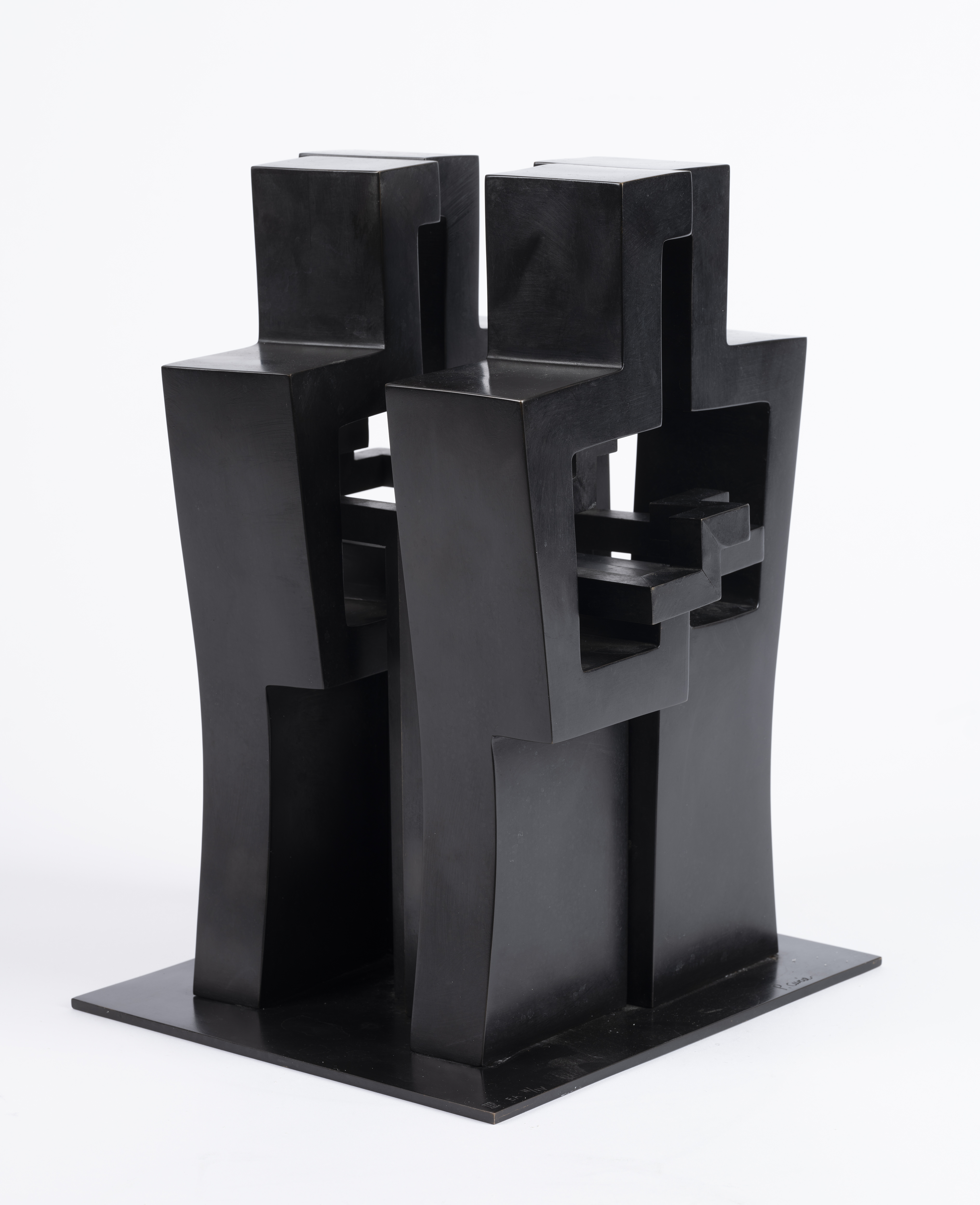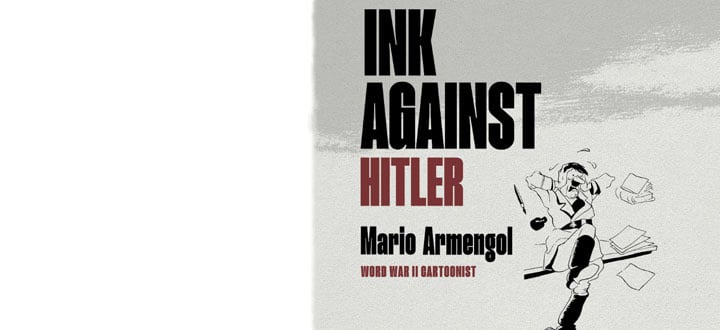A sculpture by the artist Parvine Curie enters the Museum thanks to a donation.
A sculpture by the artist Parvine Curie enters the Museum thanks to a donation.
The donation, made by Antonio Sagnier, significantly contributes to the formation of the post-war and second avant-garde Catalan art collection
The sculpture Première mère, a 1969-70 work by Parvine Curie (Nancy, 1936), was acquired by collector Antonio Sagnier with the intention of donating it to the Museum to help enrich the post-war and second avant-garde Catalan art collection, which is currently being formed. It is a bronze sculpture characteristic of Parvine Curie’s mature style. In line with the abstract sculpture of Oteiza, Chillida, or Barbara Hepworth, the artist explores the expressive potential of the three-dimensional object: volume, mass, surface, and void. Curie adds a symbolic dimension to this geometric approach by referencing motherhood through architectural structures that resemble houses or solid buildings, protecting their inner core—a recurring theme in her work.
Recently, Parvine Curie’s work has been incorporated into the permanent collection of the Centre Pompidou in Paris, which also included it in the exhibition Elles font l’abstraction. Additionally, the MNAC has recently acquired several works by this artist: a series of three ceramic sculptures through the Generalitat de Catalunya’s National Collection of Contemporary Art, and a series of drawings donated by the artist herself. In both cases, these works correspond to her early period when she lived in Catalonia and still signed her work under the name Arlette Martí.
A French artist of Iranian origin, Parvine Curie lived, worked, and developed deep ties with Catalonia, where she arrived in 1956. This part of her career remained largely unknown due to the fact that she held her first exhibitions under the name Arlette Martí, which she later changed to the pseudonym Parvine Curie. It was her discovery of Romanesque art that led her to travel through Catalonia and settle in Barcelona. The influence of the Romanesque style of Sant Pere de Rodes was crucial to her artistic development. In Barcelona, she set up her first studio in the Casa de les Punxes and later established a second studio right in front of the church of Santa Maria del Mar. Photographer friends like Xavier Miserachs and Colita captured her in their images, leaving a record of a unique spirit of freedom and creativity, particularly in her imaginative and monstrous ceramic masks and sculptures made from found materials. In 1969, Parvine Curie moved to Paris, and from that moment on, her work and career reached their peak. However, she maintained a strong connection with Catalonia, spending summers in Cadaqués from the 1960s onward, where architect Lanfranco Bombelli designed her workshop. Her son, poet and artist David Martí (1960-2007), was a notable figure in the bohemian scene of the Empordà town.
In 1999, an exhibition of her work was held at the Monastery of Pedralbes and the Maeght Gallery in Barcelona. The MNAC has also exhibited her works in the exhibitions Maternasis (2022) and Quina humanitat? (2023).













